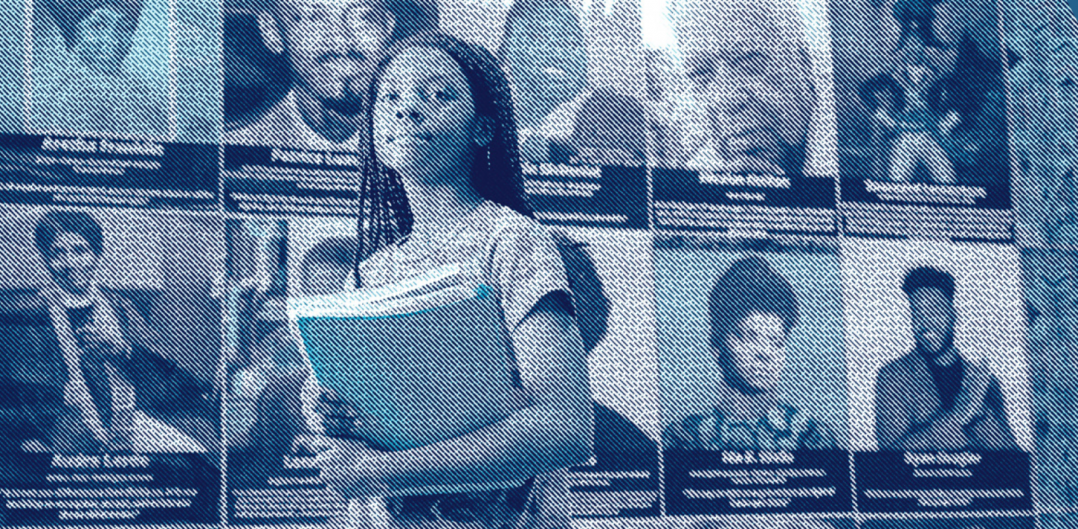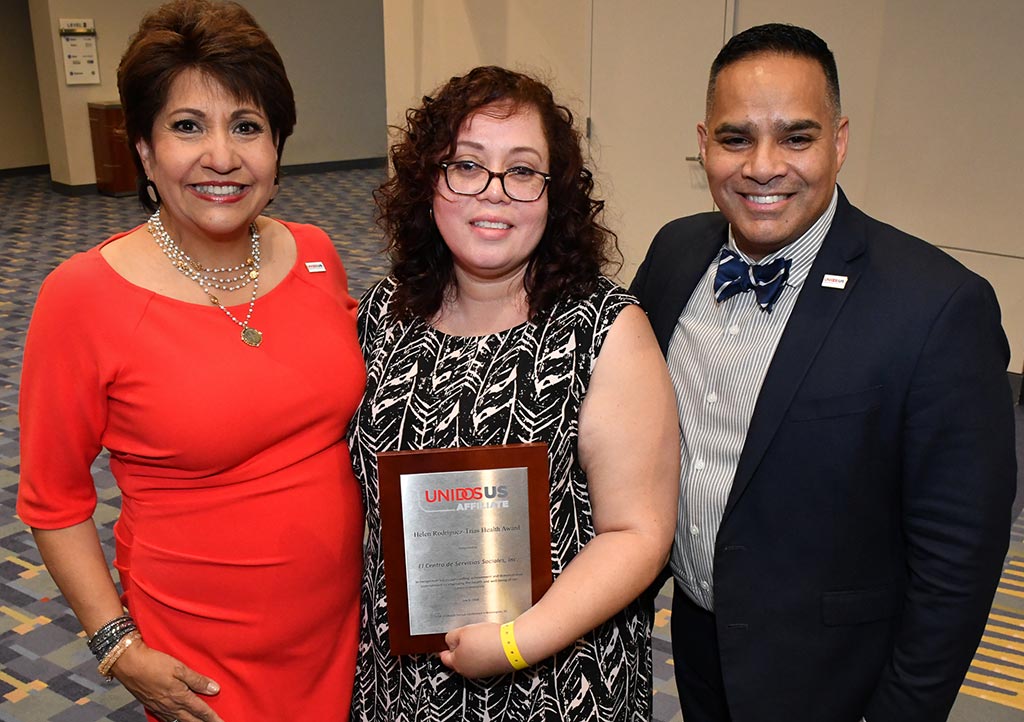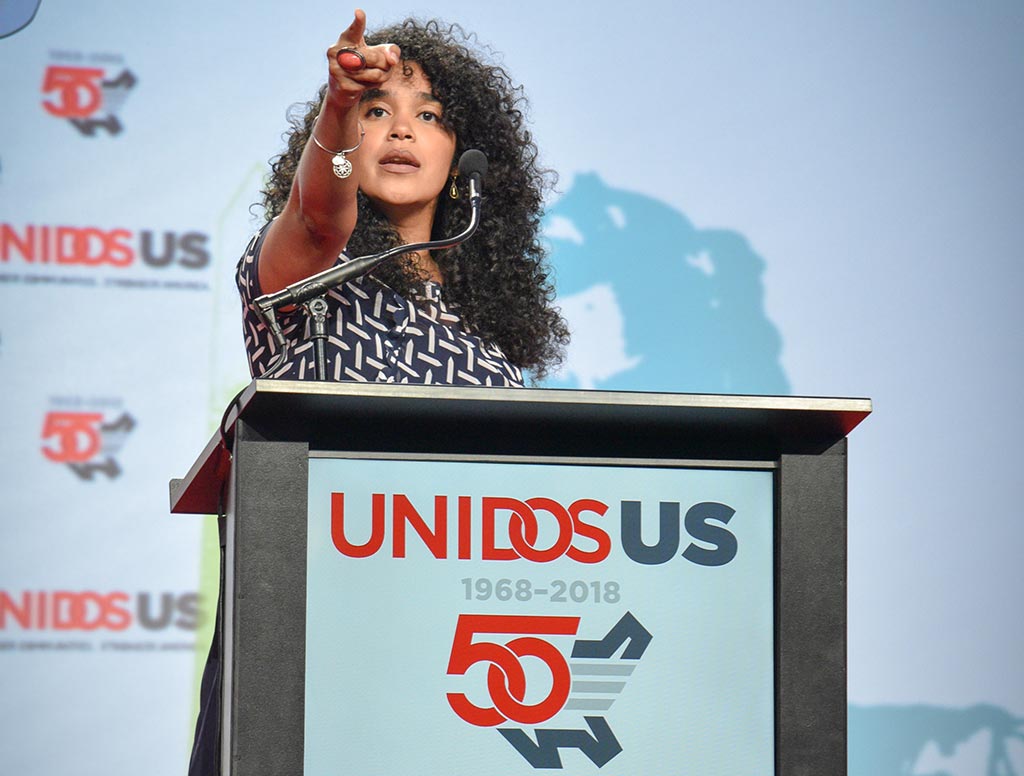WEBINAR: Five Years After the Passing of the Every Student Succeeds Act, Education Advocates Discuss What’s Working and What’s Missing
More than five decades ago, Civil Rights Movement protests, demonstrations, lobbying, and organizing efforts led the U.S. government to sign into law the Elementary and Secondary Education Act of 1965 (ESEA) with the goal of ensuring all students in America receive equal access to a high-quality education. Every few years it goes through an update to ensure it adapts to the times, and this month marks five years since its last reform, signed into law under President Barack Obama as the Every Student Succeeds Act or ESSA.
So how is this law living up to its original mandate? That’s a question the national policy and advocacy organization Alliance for Excellent Education (All4Ed) explored this week through the release of a new report titled When Equity is Optional, and through a corresponding virtual panel discussion with All4Ed, UnidosUS, The Education Trust, and National Urban League.
The answer? In the 10 states where All4Ed collected first-year ESSA data, “students of color were much more likely to receive a poorly rated education than white students,” says the report. The data also shows that students of color in those states—Arizona, Connecticut, Florida, Indiana, Louisiana, Mississippi, New Mexico, Ohio, and Washington—“were overrepresented in schools with low ratings and underrepresented in schools with high ratings,” and often by large margins.
“If you only take away one sobering reality from today’s presentation, it is this: ZIP codes do matter,” All4Ed President and CEO Deborah Delisle said in her keynote address, alluding to the way the U.S. public school system is largely funded by property taxes. “They matter far too much these days in the quality of a child’s education.”
Accountability and Flexibility
ESSA was designed to give states some flexibility in addressing the unique challenges they may face in creating equitable school systems, but participants of the webinar wondered if the law gave states got too much leeway.
One of the easiest benchmarks for deciding, Delisle says, is for advocates and policymakers to ask whether they’d send their own children to one of these schools. While data varied from state to state, one glaring example of the discrepancies came from Mississippi where Black students are 17 times more likely to attend an F school than their White counterparts. Plus, the report shows that the worst-rated schools, the ones serving predominately students of color, were often overlooked for support.
Five years later, Delisle says this data also helps policymakers and advocates to recognize how the pandemic has disproportionately exacerbated instructional loss and trauma for students of color.
“We know that states have to prioritize these students in reopening and recovery plans as they think about a hybrid model of schooling, transitioning students, and identifying what the learning loss is for kids,” she said, as she made a push for continuing to provide assessment tests to plan for the pandemic’s long-term academic impact.

ESSA: A Success or a Failure?
Moderated by award-winning New York Times reporter Erica L. Green, who specializes in coverage of education and civil rights, the panelists then responded to questions of whether or not ESSA had lived up to its original nickname as the “Christmas Miracle,” due to its December 2015 signing.
Obama considered ESSA an extension of ESEA that should be “seen as a lever for advancing education equity,” said John B. King, Jr., President and CEO of The Education Trust. “Our hope was that folks would use the flexibility to creatively address more attention to those students most at risk of falling behind.”
He also hoped that flexibility would lead to broadening the definition of educational excellence so that it wasn’t just limited to benchmarks in math and reading, but expanded to include areas such as school discipline, chronic absenteeism, and post-secondary matriculation.
But the Trump administration, he says, “walked away from the traditional role as a traditional protector of civil rights,” making it harder to implement the law and provide sufficient federal resources for it to work.
Even amid all its problems, panelists noted more should be done to take note of some of ESSA’s successes and other best public education practices they’ve witnessed in recent years. Sure, Delisle, says, many of these best practice examples come in “pockets,” but she noted that could be replicated. This means paying close attention to the results in areas where authorities launch interventions to help failing schools or looking at how a school climate changes when resources for areas like security are reallocated to fund more counselors and arts programs.
“I’m in despair over the data, but I’m also hopeful if we can lift up some of these promising practices and do this big priority binge,” she said.
King expressed hope that under the Biden administration public education would start to see accountability matched with the resources and intervention to make changes.
“There’s a lot of unfinished learning,” he said, noting that money should also be allocated for closing the digital divide, investing in a national tutoring corps, and providing summer learning courses offering a mix of academics, arts, and athletics.
So is there any buyer’s remorse? asked Green.
National Urban League President and CEO Marc Morial said the bill was a “practical political compromise,” one that was not the holy grail of civil rights legislation but an improvement from the last longstanding legislation No Child Left Behind. He said civil rights advocates “need to have the courage to not to say ESSA was a failure,” but that ideas like the ones mentioned by other panelists could certainly help to improve it.
The one thing he said he knew for sure is that “equity is not negotiable” in the 21st century, and especially given the outpouring of anger and grief surrounding this year’s protests over racial intolerance and inequality following the police killing of Black Minneapolis resident George Floyd this past May.
“UnidosUSapplauded the passage of the Every Student Act as a much-needed update to our federal education law, but we recognize that passage was really just the first step added UnidosUS President and CEO Janet Murguía. “In many ways, the pandemic is speeding up some of these conversations about how ESSA is working five years since passage—or not working—and we know that our communities have been devastated.”
And in addition to students of color, she reminded the audience that English learners (ELs), students with disabilities, and low-income students have also been hard hit by the failings of ESSA and the coronavirus pandemic.
The new administration will have to be laser focused on addressing these impacts, Murguía said, noting that policymakers should pay close attention to changing demographics—Latinos already represent one in four students in the US school system—as well as a changing economy with highly technical industries. Referencing a study conducted last summer by UnidosUS, All4Ed, the National Urban League, and the National Indian Association, Murguía noted that of the 17 million students lacking access to such tools, the vast majority of them come from Black, Latino, and Native families.
“That’s ridiculous. It’s not consistent with any basic values for us as we look at equity,” she said, adding that nor is it “smart” for the country to allow this to go on, considering that people of color, especially Latinos, increasingly make up a larger portion of the U.S. population.
She mentioned the Federal Communications Program E-rate, as one program that could help to improve these outcomes since it provides discounts for telecommunications, internet access, and internal connections to eligible schools and libraries. But UnidosUS has consistently said that this can’t happen unless Congress passes the Emergency Education Connections Act, a bill aimed at closing the connectivity gap, and by earmarking about $6.8 billion for E-rate in the coronavirus relief package still under consideration.
“We know what we need to do, we know where these investments can be made, and we need to make the investments,” said Murguía. But getting there requires political will, something that would grow if advocates can help the general public to understand the long-term impact these policies have on the nation, regardless of ZIP code. ”This needs to be a national mindset—that is, if we don’t make these decisions, it’s going to affect everyone.”




